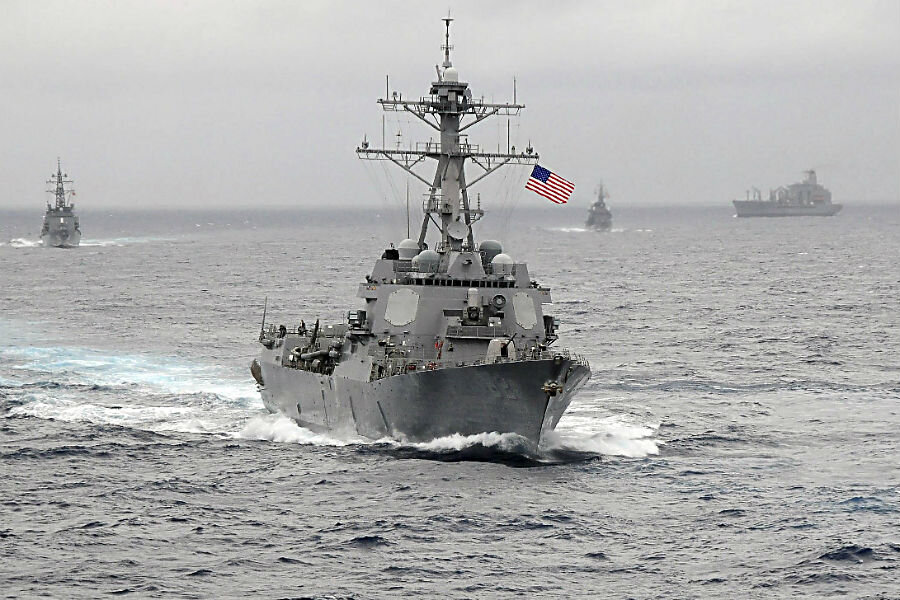How an MIT team created a warning system for rogue waves
A new way of predicting the onset of rogue waves, also known as killer waves, has been developed by researchers at Massachusetts Institute of Technology (MIT).
Until now, efforts at predicting them were limited to costly, inefficient, and time-consuming computer models that aimed to map out every individual wave in a body of water.
This new method, published Feb. 11, 2016, in the Journal of Fluid Mechanics, is simpler, easier, and faster. It aims to give sailors and sea-platform workers a window of two to three minutes to prepare, including shutting down vital systems.
“It’s precise in the sense that it’s telling us very accurately the location and the time that this rare event will happen,” said coauthor Themis Sapsis, the American Bureau of Shipping Career Development Assistant Professor of Mechanical Engineering at MIT. “We have a range of possibilities, and we can say that this will be a dangerous wave, and you’d better do something. That’s really all you need.”
One of the most unpredictable threats to face shipping or sea-based platforms is the sudden onslaught of these ocean monsters, which can swell from nowhere to tower up to eight times as high as surrounding waters.
The new tool, which takes the form of an algorithm, hunts through data collected about surrounding waves, sifting for signs of clusters that could coalesce and crest into one of these behemoths.
By considering the length and height of a wave group, the new tool can calculate the probability of it mutating into a rogue wave.
“Using data and equations, we’ve determined for any given sea state the wave groups that can evolve into rogue waves,” Dr. Sapsis said in an MIT news release. “Of those, we only observe the ones with the highest probability of turning into a rare event. That’s extremely efficient to do.”
He contrasts this to previous efforts, which have adopted a “leave-no-wave-behind” approach, whereby they have aimed to provide a high-resolution simulation of the entire surrounding ocean surface, thereby keeping a beady eye out for suspicious activity of a rogue-like nature.
But the computer power required to run the necessary equations, not only for every wave, but also for the interactions between them, is considerable, demanding clusters of computers working in tandem.
“It’s accurate, but it’s extremely slow — you cannot run these computations on your laptop,” Sapsis said. “There’s no way to predict rogue waves practically. That’s the gap we’re trying to address.”
The new capabilities developed by Sapsis and his team built on previous efforts, whereby they had noticed that while most waves plough through the ocean single-mindedly, heedless of those around it, some roam in packs, toiling through the water in unison.
Further research led them to understand that some of these groups focus, or exchange, energy, in a way that ushers in the formation of a rogue wave.
“These waves really talk to each other,” said Sapsis. “They interact and exchange energy. It’s not just bad luck. It’s the dynamics that create this phenomenon.”
By analyzing the length and height of wave groupings, the researchers were able to produce an algorithm capable of predicting which were most likely to create the monster waves.
In order to take advantage of this new technology, ships and ocean-going platforms will need high-resolution scanning technologies such as LIDAR and radar to allow constant monitoring of the surrounding waves.
“If we know the wave field, we can identify immediately what would be the critical length scale that one has to observe, and then identify spatial regions with high probability for a rare event,” Sapsis said. “If you are performing operations on an aircraft carrier or offshore platform, this is extremely important.”






